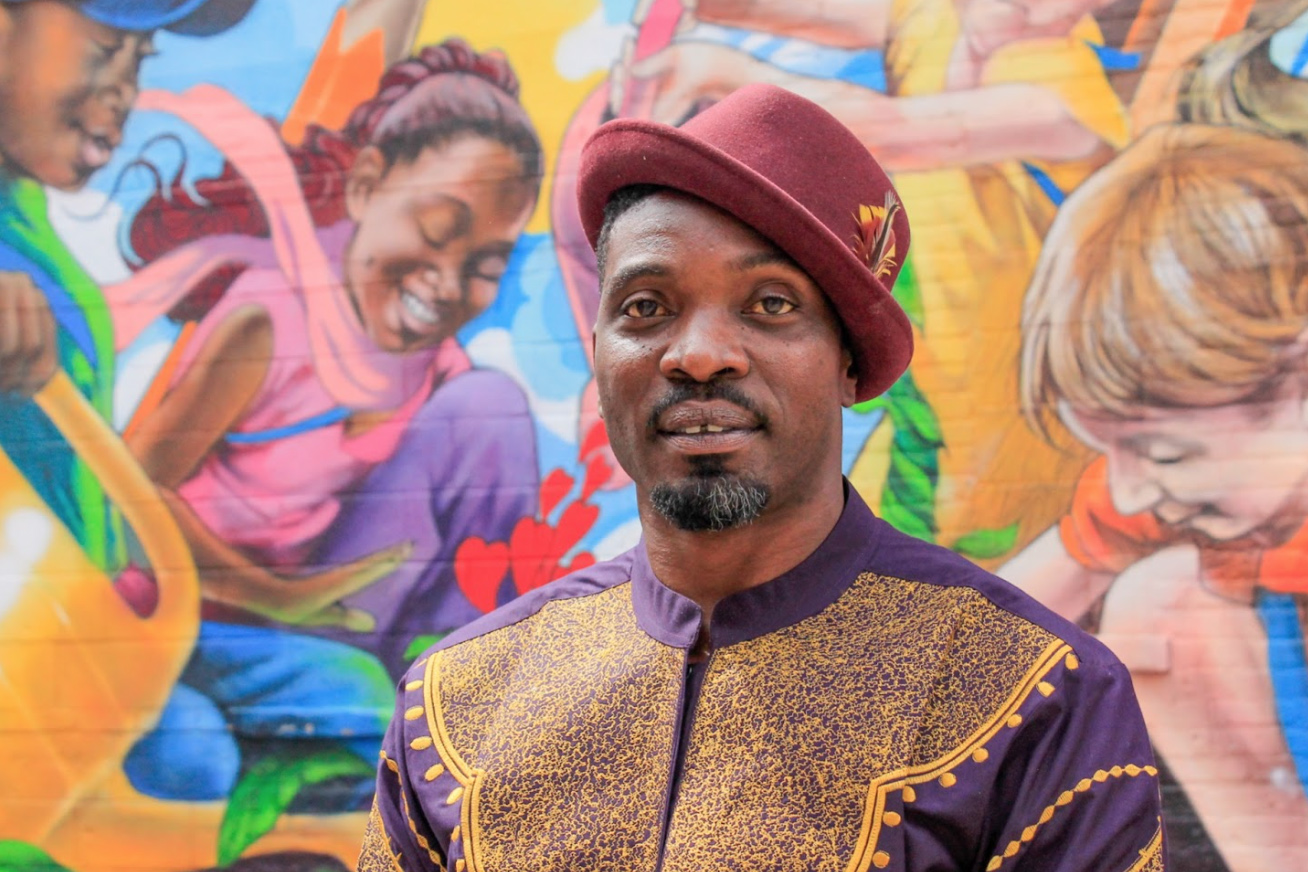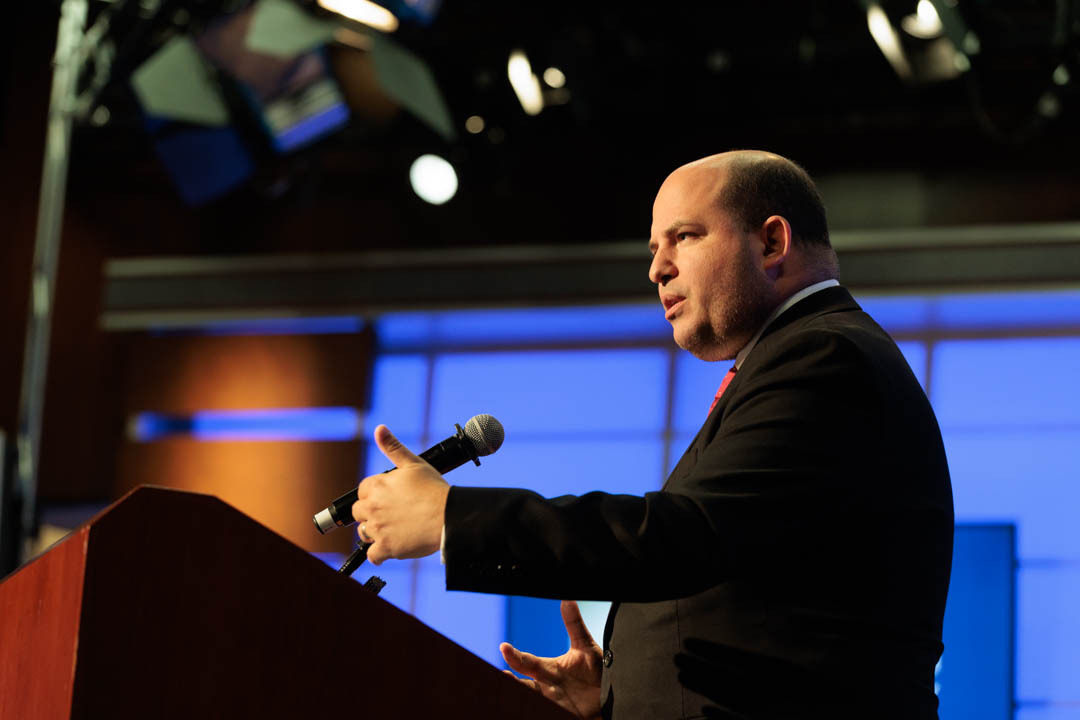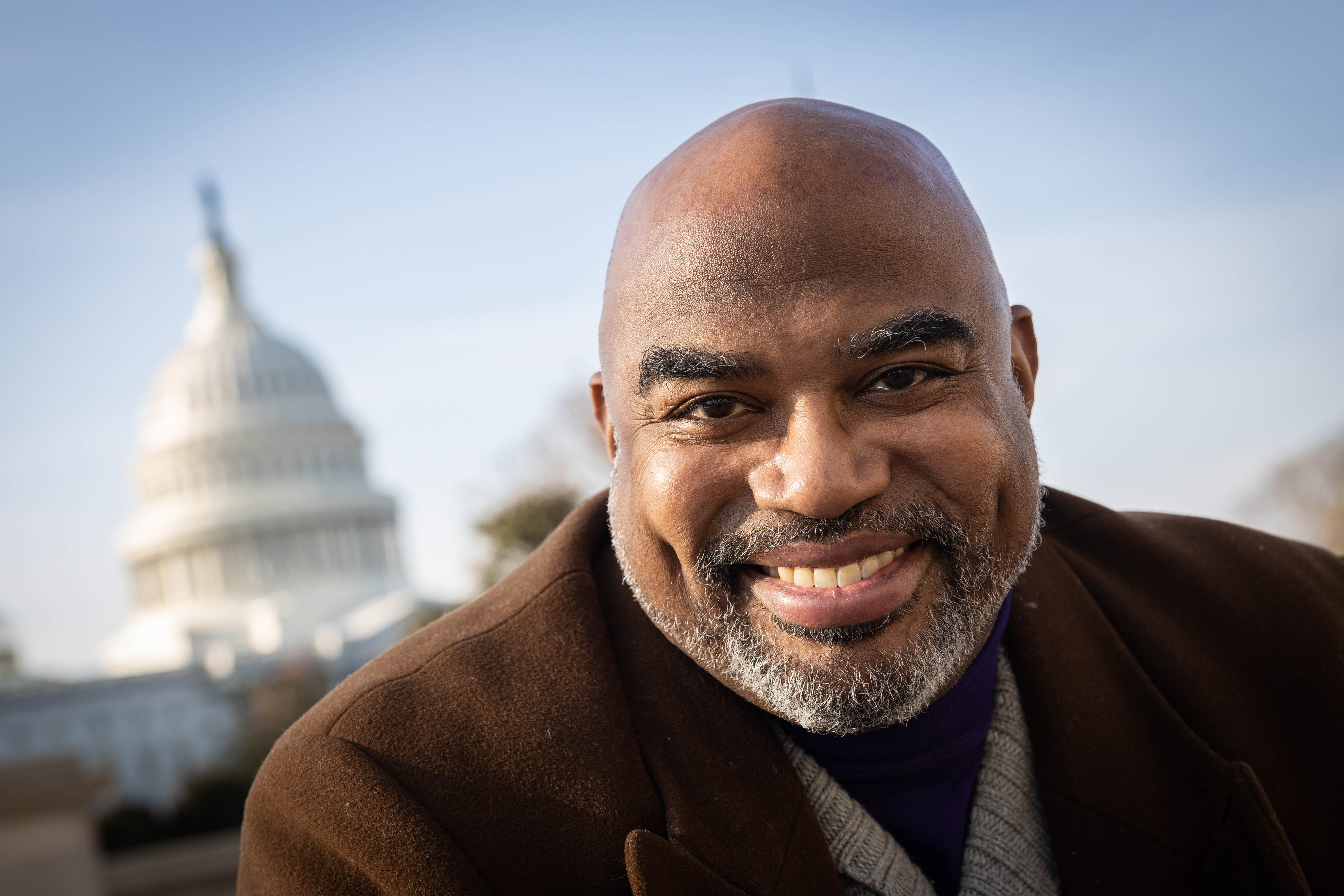A recent report indicates that Americans are losing roughly two newspapers a week, particularly in lower-income communities. One fifth of the country’s population lives in an area with either no local news organization or only one limited outlet. In these voids, communities may no longer see their stories told—or they may only see themselves inaccurately reflected through the lens of outside corporate or political interests. The resulting loss of trust in media institutions poses an existential risk to democracy.
FourStoried, a collaborative project between the Reed College of Media at West Virginia University and the George Washington University School of Media and Public Affairs, aims to train future journalists to address that discrepancy. Last year, four GW and four WVU journalism students took deep dives into four underrepresented communities where they live. In West Virginia, students worked in western Monongalia County and the west side of Charleston, W.V., while in Washington, D.C., students got to know the LGBTQ+ community in Dupont Circle and the historically Black neighborhood of Anacostia.
The students were tasked with investigating where the members of each community looked to find information and truth. What information did they receive from outside? What did they want the outside world to know about them? And what news did they want to read, watch and hear about their own communities? The resulting pieces, which cover a range of issues from emergency response rates in rural West Virginia to art and activism in Anacostia, were published in July.
“In the mass media we only talk about these communities when something goes wrong,” said Jesse J. Holland, an assistant professor of journalism at the School of Media and Public Affairs who led the project for GW. “And the community wants to see those stories—they care about things going wrong—but they also want to see stories about actions the community is taking, and they don’t see those.”
Students were assigned communities to cover at the beginning of the semester and in the summer participated in a kind of travel program, with GW students joining their colleagues in West Virginia to assist their stories for two weeks, then vice versa. This extended engagement kept students from falling into the trap of “parachute journalism,” which can lead to misrepresentation and deepen the dangerous mistrust between journalists and the public.
“We really emphasized accountability,” Holland said. “We don't want to be outsiders coming in telling the community what it's like. We will be outsiders coming in to reflect what the community is telling us.”
SMPA graduate student Cate Burgan spent months getting to know Anacostia and making contacts there before spending two intensive weeks doing on-the-ground reporting with fellow GW student Ayah Mahana, her chief reporting partner, and others. It was a privilege, she said, to get out of the “Foggy Bottom bubble” and engage meaningfully with the deep-rooted and tight-knit D.C. community.
“It was so great to go to Anacostia—they have cool museums, they have great restaurants, amazing people and amazing art,” she said. “They’re really the heart of D.C., and there’s so much history there. You can learn some of these things on Google, but to see it and hear it as passed down from generations of people who have lived in Anacostia is just really cool.”
Burgan also saw firsthand how important it was for community members to see their stories told. While she and Mahana were interviewing local artist Aniekan Udofia, they noticed a minor commotion. It was Udofia’s neighbors, cheering him and his art through a second-story window.
“That was such a special moment,” Burgan said. “It really spoke to the story we were trying to tell, which is that these artists really do impact the community in positive ways.”
FourStoried has been funded for the past several years by Scott Widmeyer, a WVU alumnus and founding manager of communications firm Finn Partners who chairs the GW School of Media and Public Affairs National Council.
“When community stories go untold, when governing bodies are not covered by the media and when our citizens are not included in these stories, we further seal the death of our democracy and the fate of so many communities,” Widmeyer said. “For these reasons, in 2017 I sat down with the leadership of GW’s School of Media and Public Affairs and the WVU College of Media to work with them in creating this unique first-of-its-kind reporting collaborative that links together students from both schools.”
Healthy, reciprocal partnerships between community insiders and outsiders can provide crucial perspective, Holland said. Members of a community often know which stories they want to tell, but outsiders also may be able to see the story in something that has become so familiar as to be almost invisible: a neighborhood mural, an unusual trend. Once that story is identified, locals know their context and community best and can provide the connective tissue of storytelling.
And it’s not just the insider-outsider dynamic that matters, Holland said. Collaboration more generally is another critical but often underemphasized journalistic skill.
“A lot of times we talk about a writer working with a photographer or videographer, but we don't talk about writers working with writers,” Holland said. “From my experience, the big stories rarely are done by one person: You need somebody in the Justice Department working with somebody in the White House working with somebody in Capitol Hill, and you all have to put your egos aside and put out the best story possible. This was a chance for students to practice those group dynamics, and I think it worked.”
For Burgan, who just started a job as a tech reporter with three semesters of her graduate program remaining, the most important takeaway was the centerpiece of a journalist’s job: how to truly listen. When she did, she said, her subjects told her what they really experienced and what they needed from her, not just as a reporter but as a neighbor and fellow citizen.
“I think sometimes as reporters we can be bad about listening—we have this list of questions, we need quotes and we try to get people to say what we need,” Burgan said. “But when I did really listen, especially in Anacostia, I got stories and advice I can use throughout my career.”




